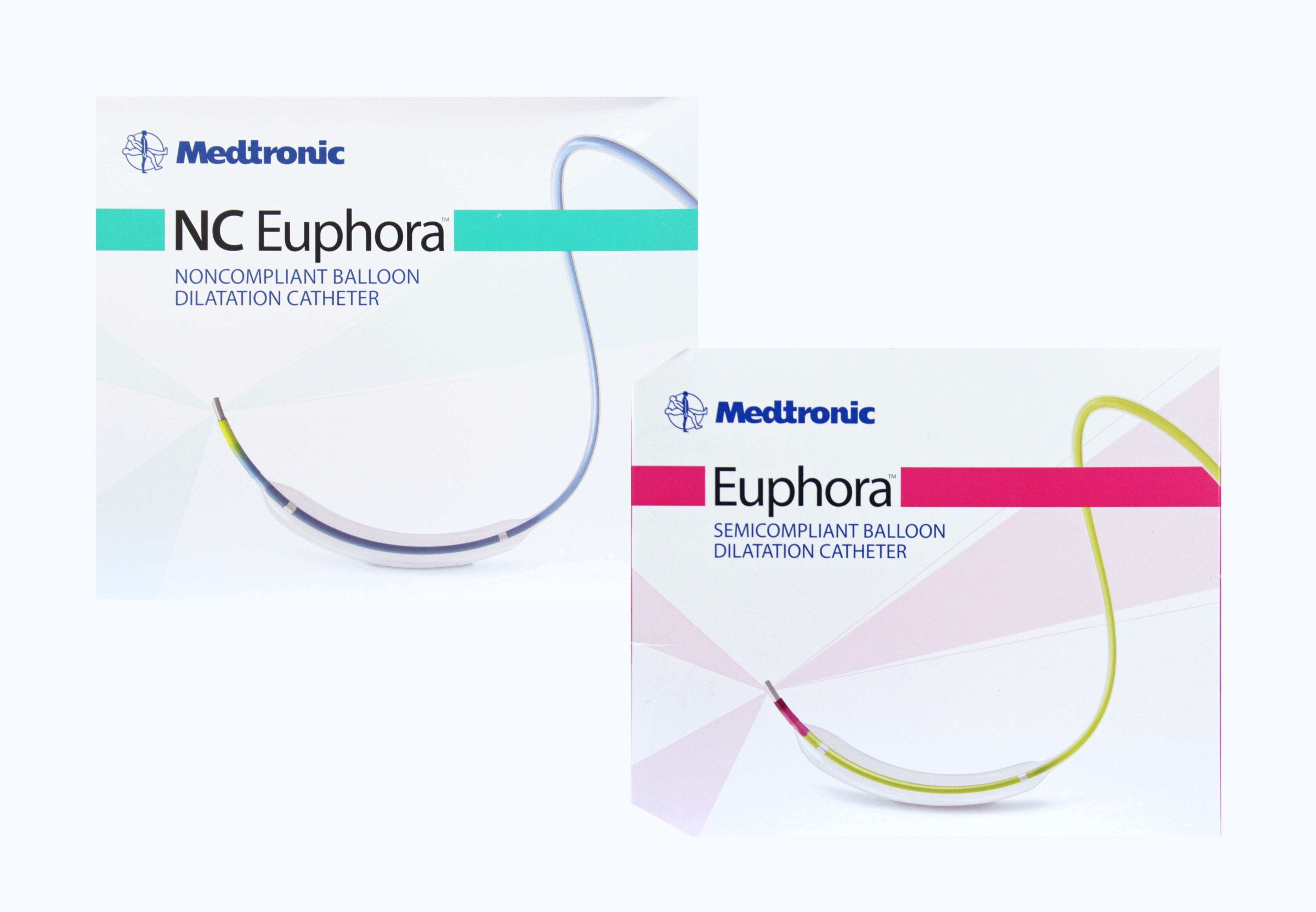Compliant vs. Non-Compliant Balloon Catheters: Understanding the Key Differences
In interventional cardiology and endovascular procedures, balloon catheters play a pivotal role. However, not all balloon catheters are created equal. They come in two distinct types: compliant balloon catheters and non-compliant balloon catheters. Each type serves specific purposes, offers unique characteristics, and is suited for different procedural needs. This guide will help you understand the key differences between compliant and NC balloon catheters, aiding you in choosing the right tool for your medical practice.
What Are Compliant Balloon Catheters?
Compliant balloon catheters are made from highly elastic materials such as polyurethane or latex, giving them a flexible and adaptive nature. These balloons expand proportionally as pressure is applied, allowing them to conform to the unique contours of the vessel or anatomical structure being treated.
Key Characteristics of Compliant Balloon Catheters:
High Elasticity: Compliant balloons continue to expand with increasing inflation pressure, adapting dynamically to the size and shape of the target anatomy. This makes them ideal for situations where flexibility and conformity are essential.
Low Burst Pressure: Compliant balloon catheters are designed for low-pressure applications, making them more suitable for delicate procedures where high force may pose risks to the surrounding tissue.
Use Cases: Compliant balloons are commonly used in vessel occlusion, stent placement, and valve opening procedures where a less rigid balloon can achieve a desired therapeutic outcome without excessive pressure.
Advantages:
Exceptional flexibility to conform to irregular shapes within the vascular anatomy.
Effective for procedures requiring low-pressure expansion and vessel conformity.
Limitations:
Less predictability in achieving a precise size under pressure, as their flexibility can lead to greater variation.
Higher risk of overexpansion, potentially causing tissue damage if not carefully monitored.
What Are Non-Compliant Balloon Catheters?
Non-compliant balloon catheters are manufactured using rigid materials such as nylon or polyethylene terephthalate (PET), giving them a firmer structure and limiting expansion beyond a predetermined size. Non-compliant balloons are designed to withstand high-pressure applications, making them particularly useful in precise procedures requiring predictable sizing.
Key Characteristics of NC Balloon Catheters:
Low Elasticity: NC balloons expand to a pre-set size, even under significant inflation pressure. Their minimal elasticity is key to achieving precise dilation and maintaining control during procedures.
High Burst Pressure: Due to their material strength, non-compliant balloon catheters can tolerate high pressures, making them suitable for dilating highly calcified or fibrotic lesions.
Use Cases: These balloons are frequently used in high-pressure interventions, including angioplasty and post-dilatation of stents, where precision and durability are critical.
Advantages:
Predictable Size and Shape: The non-elastic nature of these balloons provides the ability to achieve precise control over the final diameter of the vessel, making them ideal for treating complex or heavily calcified stenoses.
High Durability: With a higher burst threshold, non-compliant balloons can withstand the forces needed to navigate challenging lesions or stubborn plaque deposits.
Limitations:
Limited ability to conform to irregular anatomical structures.
Potential for causing trauma to softer tissue due to their rigid expansion properties.
Choosing Between Compliant and Non-Compliant Balloon Catheters
The choice between a compliant balloon catheter and a NC balloon catheter depends largely on the clinical objective and anatomical environment of the procedure.
Compliant Balloon Catheters are typically favored for scenarios where vessel adaptation and lower-pressure expansion are needed. This makes them particularly useful for vessel occlusion, delicate stent placement, or situations requiring a "soft-touch" approach.
Non-Compliant Balloon Catheters, on the other hand, are the gold standard for procedures demanding precision, high-pressure dilation, or post-dilatation of coronary and peripheral stents. They ensure a consistent, predictable expansion that is critical in dealing with calcified or fibrotic blockages.
Understanding the distinct features and clinical applications is vital for optimizing patient outcomes in cardiovascular and peripheral interventions. Compliant balloon catheters provide the flexibility needed for adaptable procedures, while non-compliant balloon catheters offer precision and strength for challenging, high-pressure situations.
By selecting the right type of balloon catheter for each specific procedure, healthcare professionals can enhance procedural efficiency, reduce complication rates, and achieve better long-term results for their patients. At Synergy Surgical, we are committed to providing advanced interventional tools designed to meet the evolving demands of modern surgical procedures.
Synergy Surgical is your trusted partner in the medical supply industry since 2000. We specialize in offering a vast selection of top-quality surgical disposables and sutures from top brands. Request a quote today!
 IN-DATE
IN-DATE











